
 Article
Article
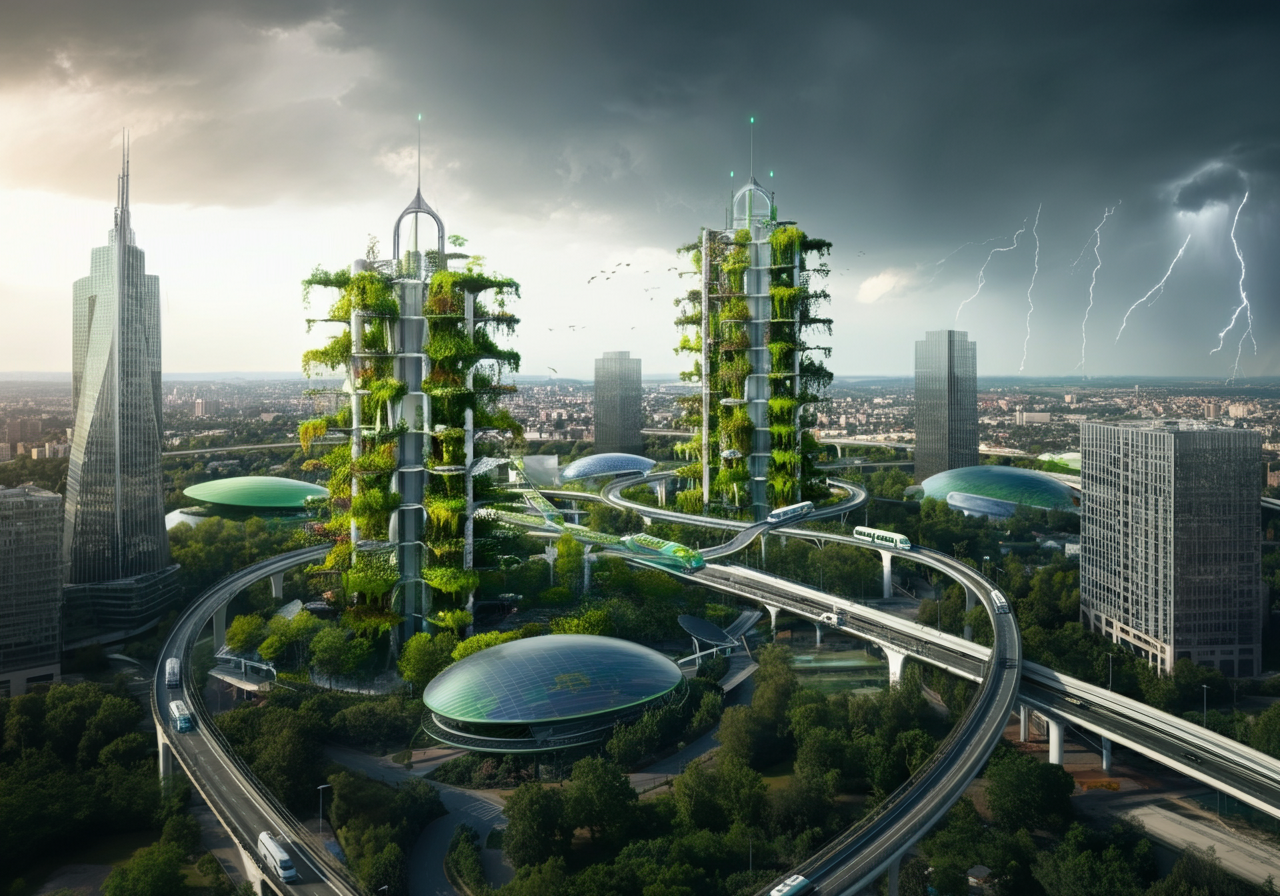
Climate risks have always been a significant concern, both socially and economically. Throughout history, natural disasters have consistently highlighted the profound impact of climate on humanity and society. While events like tornadoes, hurricanes, and tsunamis grab media attention, we must not overlook the more insidious climatic phenomena that cause silent damage. Among them, the accumulation of water, snow, and ice on our buildings and infrastructure poses an underappreciated danger. Fortunately, current technological advancements and the emergence of smart roofs equipped with connected sensors offer new possibilities for mitigating these risks. These innovative solutions are at the heart of smart cities, which, through ecosystems based on the Internet of Things (IoT) and artificial intelligence (AI), are gaining increasing interest worldwide, helping to address these challenges effectively and sustainably. The successful adoption of technological products relies on their ability to meet high standards of responsibility and environmental friendliness. It is essential to design simple, autonomous, eco-responsible, and safe solutions that enable a shift from a reactive to a proactive approach in managing climate risks . By emphasizing these aspects, we can create a future where modern infrastructure aligns with sustainable development principles while ensuring the safety and well-being of citizens.
The problems associated with the accumulation of snow and ice on roofs are well-documented globally, and their impacts are numerous. Heavy snow loads can cause collapses, structural damage, and water infiltration. In a catalog of 350 building failures in North America, it was shown that 41% were due to snow loads (Liel, Geis, & Strobel, 2012). From a financial standpoint, the impacts are costly for property owners. The cost associated with an incident can range from $1,000 to $30,000,000 (Liel, Geis, & Strobel, 2012). Among the types of financial losses, we find material damage to property (averaging $335,000), building repair costs (averaging $1,400/m² unusable), and loss of revenue (averaging $495/day of interruption) (Strobel & Liel, 2013). These amounts are significant for owners of commercial buildings (accounting for 17% of incidents and 15% of collapses), industrial buildings (20% of incidents and 24% of collapses), as well as government and public buildings (16% of incidents and 8% of collapses). The vast majority (89% of incidents) were caused by excessive snow loads .
It's important to note that this type of incident is not limited to old or deteriorating structures. Even new buildings designed according to modern building codes can be susceptible to extreme snow loads (Liel, Geis, & Strobel, 2012). By predicting these events using recent climate information, probabilistic models, and a history of extreme loads, decision-makers can avoid them while balancing the cost of excessive snow removal with the potential costs of damage (although the cost of snow removal is low compared to the latter) (DeGaetano & Wilks, 1999). As the proposed innovation is specifically designed to detect this phenomenon on these types of buildings, it greatly contributes to reducing the financial impact on owners .
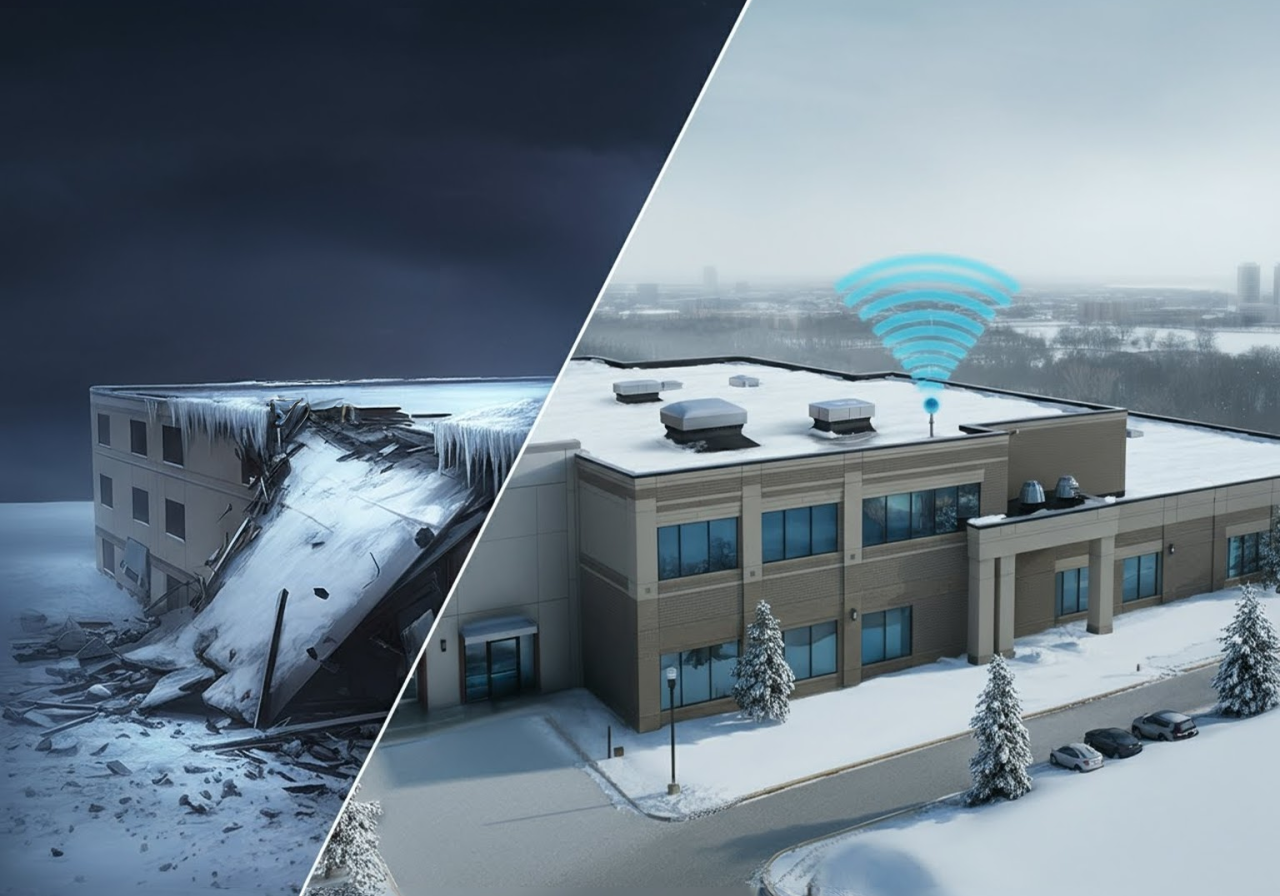
As buildings are usually covered by insurance policies (in 90% of reported cases), financial institutions are also significantly impacted. Indemnifying an average of 70% of incurred costs (Strobel & Liel, 2013), they bear the direct cost of incidents. Factory Mutual Research, an American industrial insurer , reported over $277,000,000 in gross losses due to snow and ice-related collapses over a 12-year period (DeGaetano & Wilks, 1999). Similarly, a March 2003 storm in Colorado cost over $93,000,000 in claims, according to the Rocky Mountain Insurance Information Association (AlMahdi, Doğangün, Genç, Rasekh, & Timurağaoğlu, 2020). Other insurers likely have similar statistics in their portfolios, but they do not disclose these details (Strobel & Liel, 2013).
Since premiums and deductibles are ultimately paid by property owners, the cost is also ultimately borne by them, but in an indirect way that does not raise their awareness of the issue. By providing financial institutions with a specialized data service for assessing the risks associated with snow and ice, they would be able to better target at-risk properties and adjust their premiums accordingly (Strobel & Liel, 2013), or even better, proactively notify their policyholders to clear snow from their roofs before a claim occurs. This way, the insurer incorporates the ecosystem and actively participates in the solution instead of merely compensating. This obviously leads to a significant economic advantage for both the insurer and the insured, but it also fulfills the insurer's social role of providing customers with the security they need (Cours de droit, 2019).

Speaking of social impact, it is certain that these risks shake society, and an innovation to mitigate them would be an asset. Beyond the economic impacts mentioned, these risks cause service interruptions, including the closure of businesses, schools, government buildings, emergency services, and residences while inspections and repairs take place. The average interruption time is 122 days (Strobel & Liel, 2013) (Liel, Geis, & Strobel, 2012), which is a significant delay regardless of the type of activity affected. For example, this average interruption time corresponds to more than two-thirds of the school days in a school year in Quebec, which is 180 days (Centre de services scolaire des Affluents, 2019).
By providing advance notice of risk, the proposed innovation reduces the likelihood of interruptions because preventive actions such as roof snow removal can occur before the problem arises . This also limits the legal risks associated with this type of accident, as lawsuits are sometimes filed against owners by victims or their families (Liel, Geis, & Strobel, 2012).
Buildings can be rebuilt, and school activities can be delayed, but human beings cannot be replaced. Unfortunately, accidents related to excessive snow and ice accumulations cause injuries and deaths every year around the globe. Nineteen deaths and 146 injuries were reported in the United States for the period 1989 to 2009, and 293 deaths and 585 injuries internationally for the period 1979 to 2009 (Liel, Geis, & Strobel, 2012). For example, the roof of an exhibition hall collapsed on 235 people in January 2006 in Poland, causing 65 deaths (Strasser, 2008). Similarly, in the spring of 2006 in Russia, the roof of a market collapsed, killing 56 people (AlMahdi, Doğangün, Genç, Rasekh, & Timurağaoğlu, 2020). These lives could have been saved if preventive roof maintenance had been carried out at the right time or, in the worst-case scenario, if the infrastructure had been evacuated when the excessive load had been detected by a smart module.
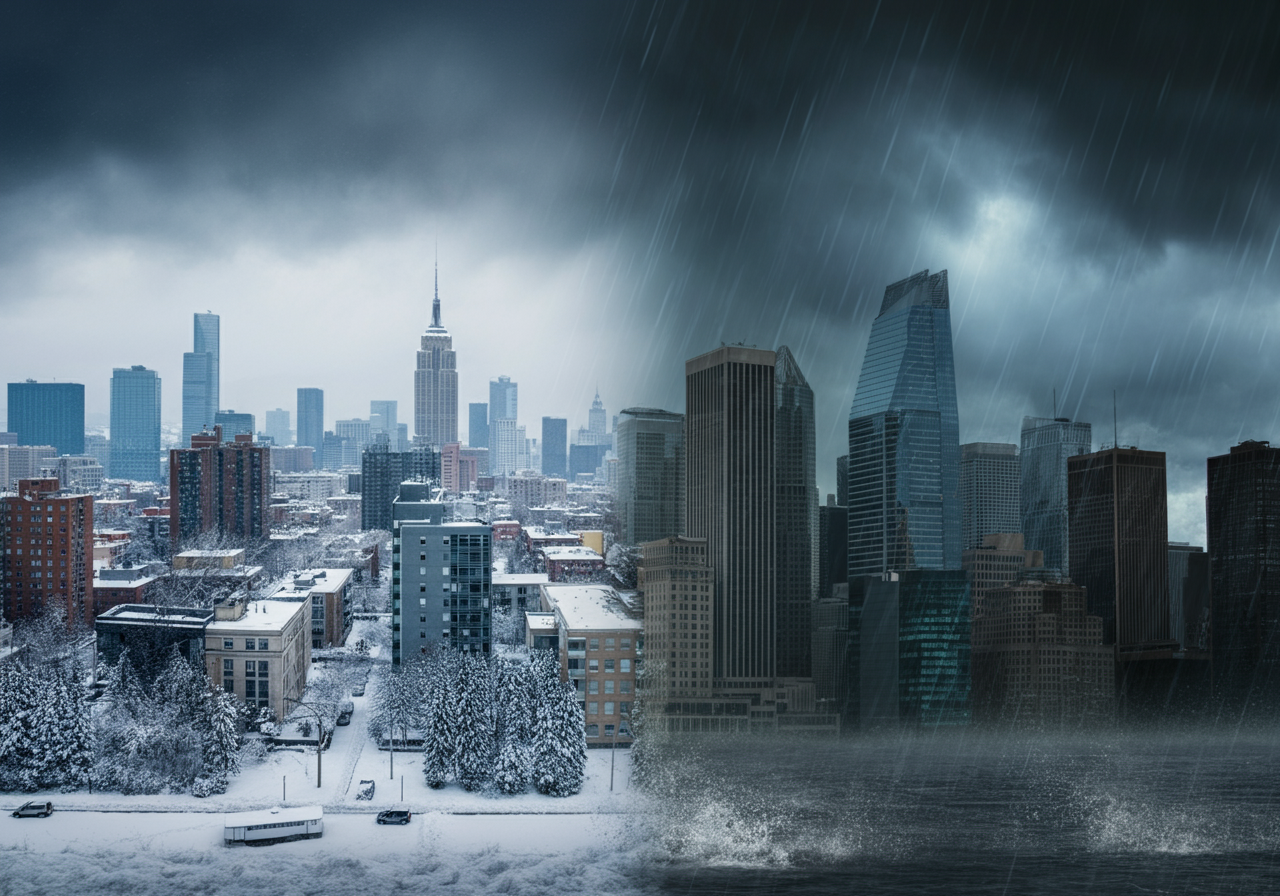
While the problem is not new, its magnitude is being accelerated by the impact of climate change on the frequency and density of snowfall. Rising global average temperatures are reducing the number of snowfalls but increasing the frequency of winter rains. This results in rainwater being absorbed by the snowpack on the ground, increasing the total snow load (DeGaetano & Wilks, 1999). The probabilities of continuous snow cover will decrease due to frequent freeze-thaw cycles caused by climate change , but the variability in extremes will continue to increase (Strasser, 2008).
We have also noted increasingly severe snowstorms since the 1950s (Liel, Geis, & Strobel, 2012). While buildings are typically designed to withstand historical snow loads (AlMahdi, Doğangün, Genç, Rasekh, & Timurağaoğlu, 2020), the meteorological data currently used by institutions are mainly collected for hydrological purposes and are not appropriate for estimating snow loads on roofs in urban environments (DeGaetano & Wilks, 1999).
By acquiring meteorological data at the level of each roof, the innovation can contribute to quantifying the impacts of climate change on the issue of snow-covered roofs and thereby help update legislation through more appropriate load thresholds for this new risk . Implementing a new approach is therefore becoming a necessity and not just something desirable as a commercial product.
Even data from nearby weather stations are not always representative of the situation on a nearby roof due to various phenomena such as wind action, drainage, or precipitation heterogeneity. A risk prediction system necessarily involves the installation of sensors at roof level to ensure continuous observation (Strasser, 2008).
It is not enough to put sensors on roofs to cause a paradigm shift; innovation is also defined by the population's acceptance of this change. We must ensure that the new technology is viewed positively, thereby pushing a majority of at-risk people toward adopting it.

One of the goals of technological evolution is to bring more and more comfort to our lives. Today, society evolves through technological progress, and cities have understood that they need to become "smart cities" to have a place in the future.
A smart city provides interconnected services to its citizens and integrates new information and communication technologies into its various sectors to modernize its infrastructure. However, since these modernizations are costly and intended to last, there is the challenge of sustainable development and security to consider (Simard, 2015, p. 11). Sustainable development encompasses various aspects, such as respect for citizens, the use of clean energy, and the implementation of infrastructure that limits waste and promotes the economy.
For example, by using IoT (Internet of Connected Objects) and AI to modernize aging water facilities, we can address the significant loss of a limited natural resource, drinking water. By adding sensors that analyze water, detect leaks, or tools to measure air quality and energy efficiency, we can act sustainably on the city (Simard, 2015, p. 48).
For instance, installing sensors on building roofs reduces the risk of collapses, contributing to the factors of a smart and safe city. Smart cities enhance security, reduce health risks, and promote a healthier life for residents (Simard, 2015, p. 12).
It is interesting to note that this phenomenon of city modernization is also happening at a lower level: the household. If citizens' homes are equipped with connected objects, they can be made aware of risks and therefore solutions. This way, cities can achieve their goals, such as maintaining or improving the quality of life for residents, promoting sustainable development, conserving resources, and enabling sustainable mobility, more quickly.
The need to bring technology into homes is evident in the adoption of standards like smoke detectors and the promotion, by some insurers , of tracking driving habits. It is becoming increasingly common to find technological objects that make our lives easier. It is rare not to have a smartphone, and cities are taking advantage of this opportunity to use them to disseminate their modernizations.
Citizens are central to the concept of a smart city; their participation is essential to build a project that meets the needs of city users. Citizens are both stakeholders in the process and consumers, as they are the ones who use the services (Simard, 2015, p. 27).

Change remains difficult to adopt in society because many variables represent an unstable and uncertain risk. Society prefers to use systems it is accustomed to and that work well, which poses a barrier to proactivity.
Organizations that benefit significantly from the increased use of employee strengths and operate in an environment characterized by financial market instability, political upheaval, and constant technological change can foster a proactive climate by leveraging employee strengths to drive change. This allows other employees to follow suit and take the time to learn about the changes and become familiar with them (Dubreuil, 2019).
The same applies to new technologies. Creating simple and easy-to-use systems that are less expensive and aim to maximize user safety with an attractive design can only leave a positive emotional impact on users, even if it means getting used to this new change that challenges their level of personal satisfaction (Dubreuil, 2019).
We must help them adapt to this new change by offering continuous support and monitoring, providing guarantees, and focusing on their personal and social well-being. These elements are essential in a connected environment and can only encourage users to embrace the new change and be proactive towards the paradigm of IoT systems.
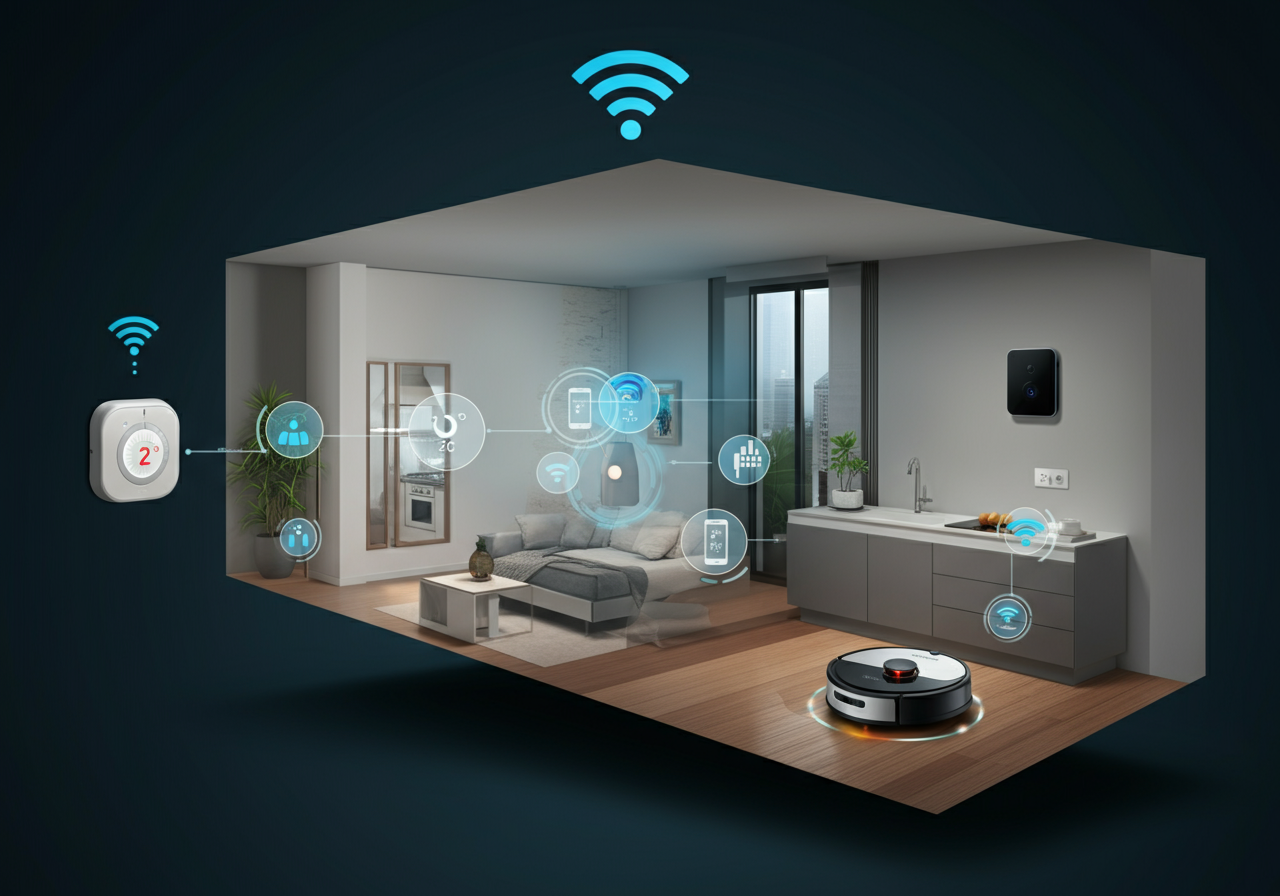
The industrial internet of things (IIoT) and its associated technologies have initiated a global revolution known as Industry 4.0. The concept of IoT objects placed on roofs is an integral part of modern smart cities, requiring transformations to be effectively integrated into today's and tomorrow's society. The technological network has been continuously evolving in recent years, with the market size expected to reach hundreds of billions of dollars in 2020, considering the United States, China, Germany, and the United Kingdom (Mahmood, 2019). This network has created a new generation of industries with centralized systems using various interconnected sensors that send data to cloud-based systems where it is stored, processed, and analyzed (Mahmood, 2019).
When we talk about technology networks, we refer to the Internet of Things (IoT), big data analytics, machine-to-machine communication, as well as edge computing and cloud storage (Cicirelli, Guerrieri, & Mastroianni, 2019). These are integrated technologies in today's industry that have brought numerous benefits, aiming to optimize the overall production value. We are talking about product or service improvement, increased productivity, reduced labor costs, and reduced energy consumption. Smart roofs rely on the Internet of Things as technology, but this does not prevent the entire Industry 4.0 and its advantages from being used in production (Mahmood, 2019).
The technology revolution creates a focus on sociotechnical interconnection, which is increasingly visible in emerging technologies. Computer scientists see new technologies as information systems, psychologists see them as cognitive systems, while sociologists see them as social systems (Pani & Pandey, 2021). All these viewpoints are valid; we just need to define them so that all these types of people perceive them as a positive system that will bring them benefits. Smart cities represent a vast social context in which the internet of things is integrated to facilitate the coordination of fragmented urban subsystems and to improve the experience of urban life (Pani & Pandey, 2021). This can have significant implications for individuals, organizations, and society.
To introduce a new concept into society, it is necessary to go through certifications and standards because new technologies affect the physical layers of industry and are accessible to users. Therefore, we must ensure their safety, aim for product quality, ease of use, and simplicity because users generally seek comfort and are sold on reliable and inexpensive products that meet their needs. We must focus on these product characteristics to create a virtuous social cycle and demonstrate the advantages of such technology (Mahmood, 2019). The concept of smart roofs is no exception to this rule and will have to meet these requirements if it is to be adopted.
To adopt a service designed for smart homes, three factors must be considered: controllability, interconnection, and reliability. These three directly impact adoption behavior (Heetae & Wonji, 2018). Controllability requires that the device be easily configurable and flexible enough to adapt to the needs of different users. We need interconnection to control our devices remotely but also to extend functionality by enabling devices, applications, and services to connect and work together.
Today, most connected objects require a wireless connection; this smart home phenomenon is centered on expanding wireless networks and increasing bandwidth to move data. Users want increasingly autonomous objects, and studies have shown a desire for simplicity in using connected services. This simplicity comes through greater automation, which is much better achieved with AI. AI technology can rapidly advance smart home features. AI helps users with recommendations, assistance, and the automation of certain tasks, such as informing us about the health of our water systems and warning us of potential damage. In the same way, the proposed innovation allows us to prevent damage to roofs . Consequently, technology, meaning the level of research, is one of the essential characteristics of a smart home and helps users adopt new services (Heetae & Wonji, 2018).

In the context of smart cities and infrastructure modernization, IoT plays a vital role. Whether it is a municipality or a company seeking to develop intelligent services, it is crucial to place the user at the heart of innovation.
It is essential to understand their needs and inform them about their data usage. Ethics is a major challenge that reconciles privacy protection with the smart city concept. It is imperative to adopt a cautious approach when designing innovative systems like smart roofs by integrating criteria that guarantee their sustainability and positive impact on society and the environment.
Sustainability is therefore a fundamental criterion for the successful adoption of technological products. By promoting the design of simple, autonomous, environmentally friendly, and secure solutions like smart roofs, we can move from a reactive to a proactive approach, effectively anticipating and preventing climate risks.
These smart cities not only solve climate issues but also contribute to broader goals of sustainability and social responsibility.
Sources:

 Article
Article
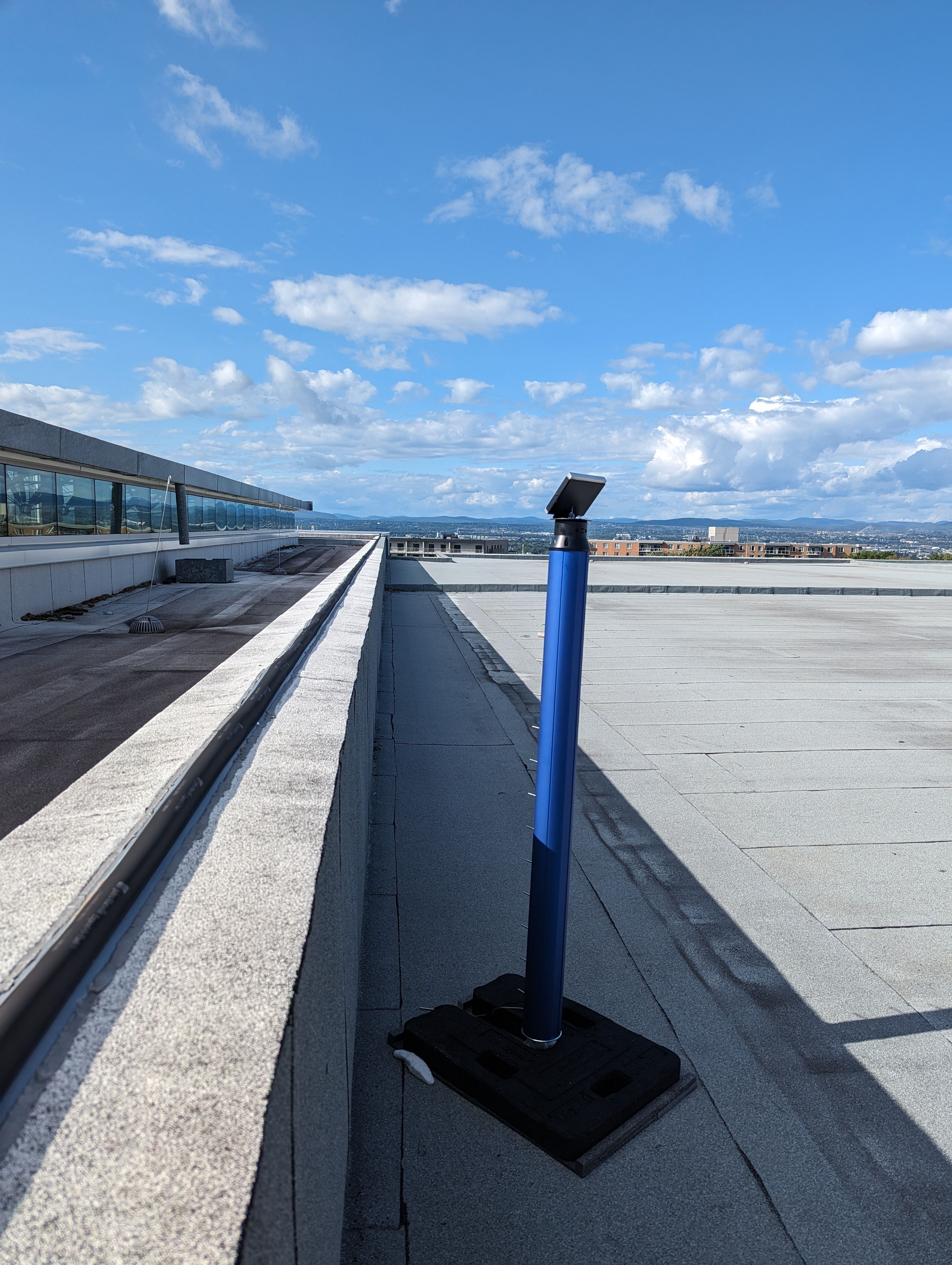
 Article
Article
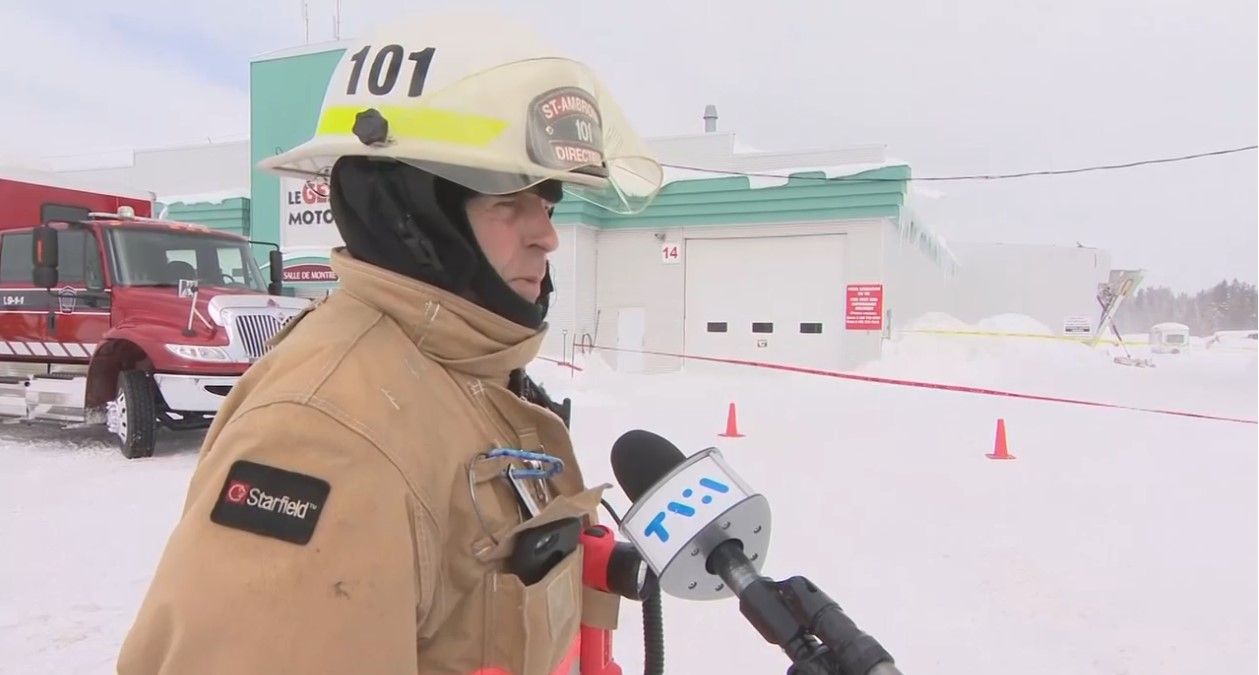
 Article
Article
Want a quote or have questions? Would you like to better understand how our smart offering and unique data can help you?